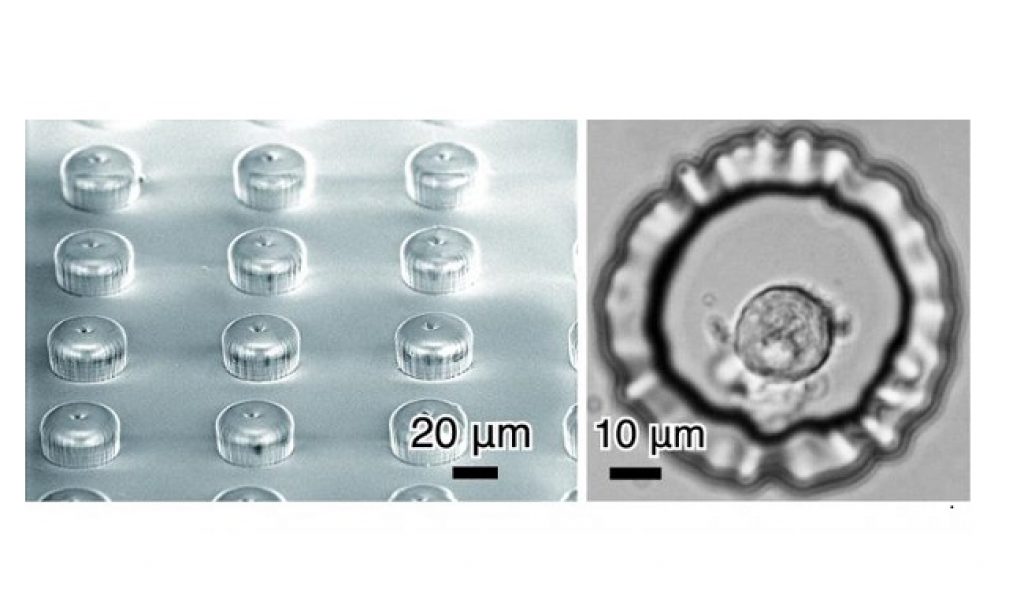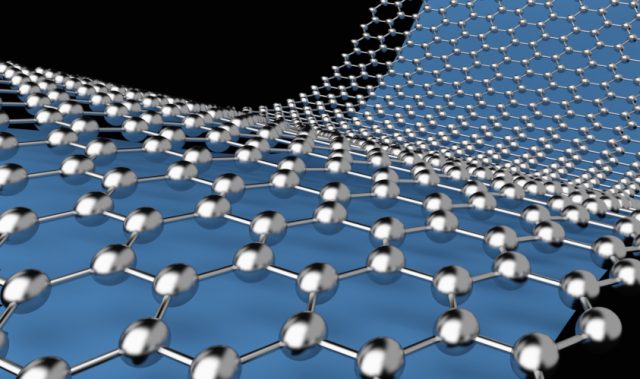
AsianScientist (May 4, 2015) – Researchers have developed a minimally invasive cell-manipulation tool that can trap and release single cells in open-top microwells. Their results have been published in Biomedical Microdevices.
The cell is the fundamental unit of life. To efficiently study the function of a single cell, the ability to manipulate the microscopic cells is essential. Various cell manipulation techniques including fluidic, optical and electrical techniques have been developed. However, all these techniques lack flexibility with respect to changes in the cellular types, number and places.
Furthermore, manipulations conducted in enclosed environments such as micro-channels have limited access to the cells. It would be ideal if the working of a manipulation tool is analogous to grasping and transporting cells by one’s fingers.
In the present study, researchers at Toyohashi University of Technology have fabricated an array of hollow microprobes to improve throughput and achieve flexibility in single-cell manipulation. The microprobes work like micro fingers picking up human cells. Single cells were trapped by suction and released by a flow generated through microchannels along the center of the probes.
“Parallel and versatile cell manipulation tools are essential for biomedical innovation”, said Assistant Professor Moeto Nagai. “Microfabrication technologies offer massively parallel microstructures close to a human cell in size,” he said.
Nagai and colleagues conducted a cell aspiration experiment with a glass pipette and modeled a cell, thereby gaining information for designing hollow stepped probes. Based on the findings, they designed and fabricated optimal probes. After a process of trial and error, the cells were placed and cultured in microwells with the probes and the cells continued to maintain cell activity.
“We fabricated an array of hollow microprobes with designed diameters, heights and numbers from a silicon substrate using microfabrication techniques. Single cells were trapped on the tips of the probes using a suction flow. The cells were then released and placed in an array of microwells,” Nagai said.
The proposed manipulation system makes it possible to place cells in a microwell array and observe the adherence, spreading, culture and death of the cells. This system has the potential to be used as a tool for three-dimensional hetero cellular assays. In the future, this system will be further developed to reconstruct microenvironments of stem cells outside a living body, which would aid studies on stem cells for regenerative medicine.
The article can be found at: Nagai et al. (2015) Development And Characterization Of Hollow Microprobe Array As A Potential Tool For Versatile And Massively Parallel Manipulation Of Single Cells..
———
Source: Toyohashi University of Technology.
Disclaimer: This article does not necessarily reflect the views of AsianScientist or its staff.












